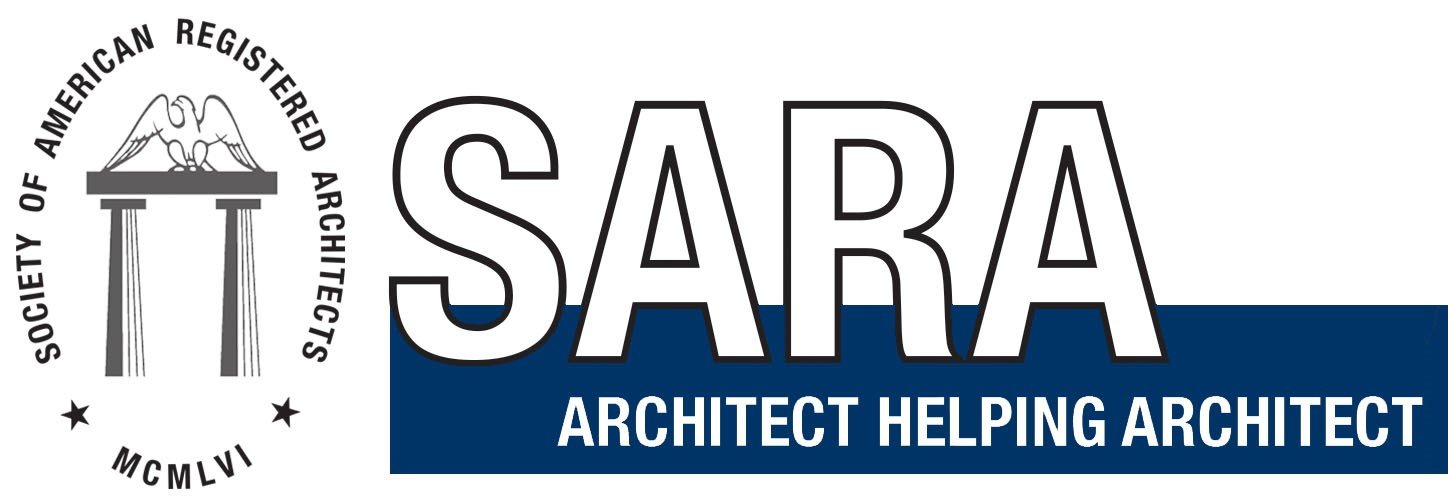Q&A with Ronnette Riley, FARA
1. What trends do you feel are important in architecture and design?
Sustainability and environmentally sensitive projects are quite popular at the moment, but design must first satisfy the needs and wellbeing of the user. If it does not, who cares if the building is sustainable? Were beauty and wellbeing taken into account in the design? Does the user feel joy and are their needs met? Is their spirit uplifted by the design? These are vital considerations.
2. What was your inspiration to become an architect?
I always wanted to be an artist. I had an aunt who was an artist and lived in a teepee by the ocean, however she had little money. My grandmother‘s third husband worked for Shell Oil Company and designed gas stations. Also, the company gave him a new car every three years, which I thought was fantastic, though ultimately I found that architects are not given a new car every three years.
Architecture satisfied my desire to be an artist within a more stable profession. The reality of being an architect is that it incorporates so many different facets of one’s capabilities, and as I excelled in a variety of topics in school, I realized this was a good fit.
3. What was your favorite project and why?
Bernard Maybeck, a California architect, designed the Christian Science Church in Berkeley, California. It is an eclectic blend of many styles encased in wisteria that elevated the experience of going to church.
As for my own work, the next project is always my favorite. I’ve had the good fortune of working on several wonderful retail projects, including a store for The Coca-Cola Company, 2 stores for Restoration Hardware, and the first Apple flagship store in Soho, New York. Currently we are working on a ground up fire house in Queens and a new 23,000 square foot senior center in East Hampton.
4. What is your architectural style?
I am not married to a singular style, although modern is my favorite. My firm does a lot of historical restoration as well. Our clients have different needs, and the site context often leads us to different solutions.
5. What advice would you give a young female seeking a career in architecture?
Female representation in the profession is still lagging far behind what it should be. It is an accommodating profession for women, especially if they want to have families. Unlike other professions in which you’re on a track to upper management and you can’t get off the track, architecture is project-based and more circular. It is easy to adjust where and how you work to accommodate your lifestyle demands. The women who work in our firm have had children without impeding their progress. It helps if they have them during an economic downturn. I think all projects benefit from female and male perspectives because gender influences one’s paradigm and aesthetic choices.
6. If you could save only one structure for future generations, what would it be and why?
Architecture is too broad, too rich in all its iterations, to think of saving only one structure. I have selfishly thought that buildings should become obsolete - like computers - thus necessitating periodic redesign. If only one building could be saved I hope it would be the NASA launchpad, because obviously one needs to get out of Dodge.
7. What is your proudest professional achievement as an architect?
Sustaining an architectural practice for 35 years is my proudest achievement. Keeping people employed, providing services to a wide variety of clients, winning design awards, giving back to the community through charitable work; all these achievements make me proud.
8. How do you maintain the balance between the demands of your career and your personal life?
What’s balance?
Architecture is all encompassing. My travel involves architecture, my friends are architects, my reading interests are about architecture. When I’m at the office late I say to myself, “I must go home to get sleep,” not “I can’t believe I still have to be at the office.”
